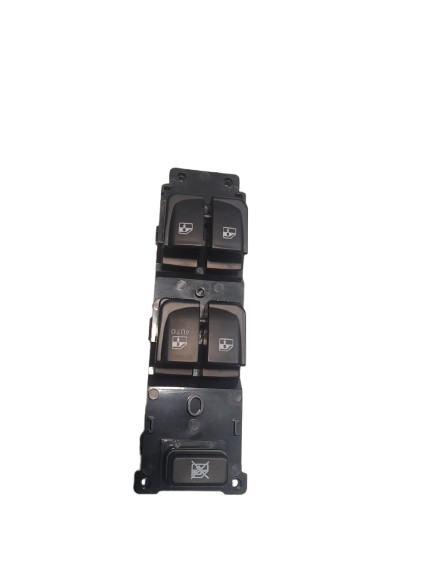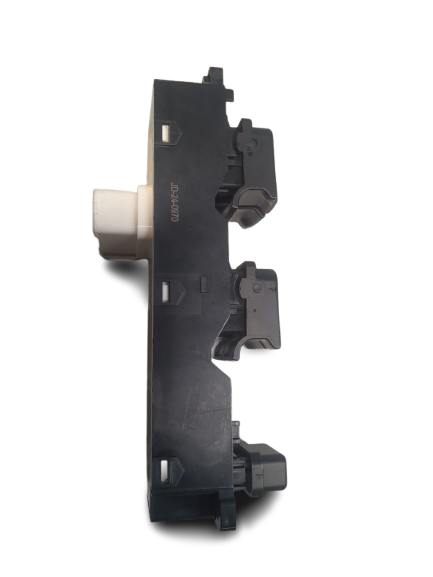


Hyundai i20 Window Control Switch Overview
The Hyundai i20 window control switch is an essential component of the vehicle’s power window system, providing convenient and reliable operation of the car’s windows. Located on the driver’s side door panel and sometimes on individual passenger doors, these switches allow the driver and passengers to raise or lower windows with minimal effort. Modern Hyundai i20 models often feature automatic and one-touch up/down functionality, enhancing the user experience.
Design and Build Quality
The switch is ergonomically designed to fit comfortably under the driver’s fingers, ensuring ease of use during driving. Made from durable plastic and high-quality electronic components, the Hyundai i20 window control switch is engineered to withstand frequent usage and exposure to environmental factors like heat, dust, and moisture. The tactile feedback and smooth operation ensure a premium feel consistent with the interior design of the vehicle.
Functionality
Hyundai i20 window control switches typically include multiple buttons, with the driver’s side panel featuring controls for all windows, while passenger-side switches operate their respective windows. Some variants also include a window lock button, which prevents passengers from operating the windows independently—a useful safety feature, especially for families with children. The switches operate on the vehicle’s electrical system, sending signals to the window motors to control movement.
Installation and Compatibility
These switches are designed to fit seamlessly into the Hyundai i20’s interior, with models compatible with specific years and trims. Installation is generally straightforward, though it often requires removing the door panel to access the wiring harness. OEM (Original Equipment Manufacturer) switches are recommended for guaranteed fit and functionality, though high-quality aftermarket alternatives are also available.
Common Issues and Maintenance
Like any electrical component, the Hyundai i20 window control switch may occasionally face issues such as unresponsive buttons, intermittent operation, or worn-out contacts due to prolonged use. Regular cleaning of the surrounding area, avoiding excessive force when operating, and periodic inspection of electrical connections can extend the life of the switch.
Conclusion
Overall, the Hyundai i20 window control switch is a reliable and user-friendly component, combining ergonomic design, durability, and practical functionality. It plays a critical role in enhancing driver convenience and passenger comfort, reflecting Hyundai’s commitment to both safety and innovative automotive design.

